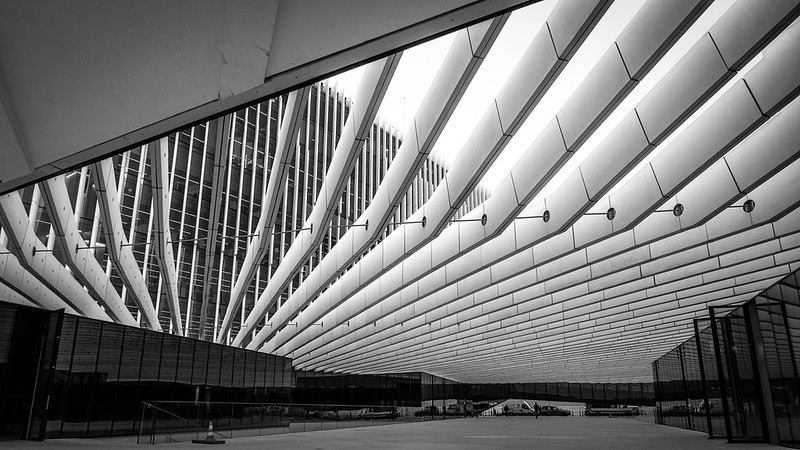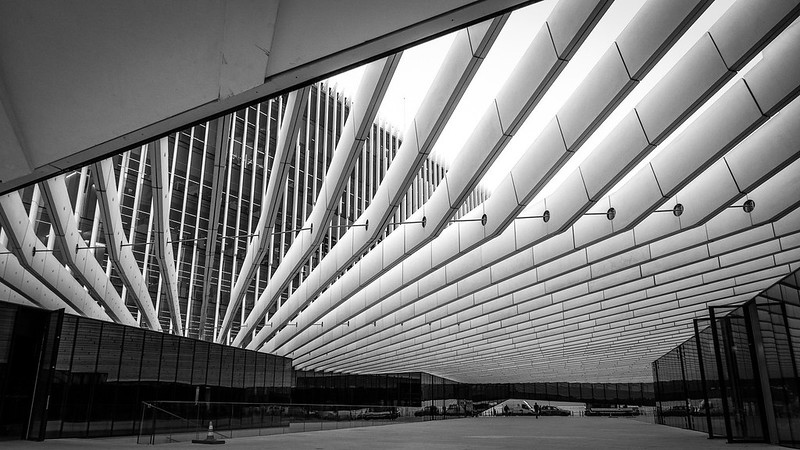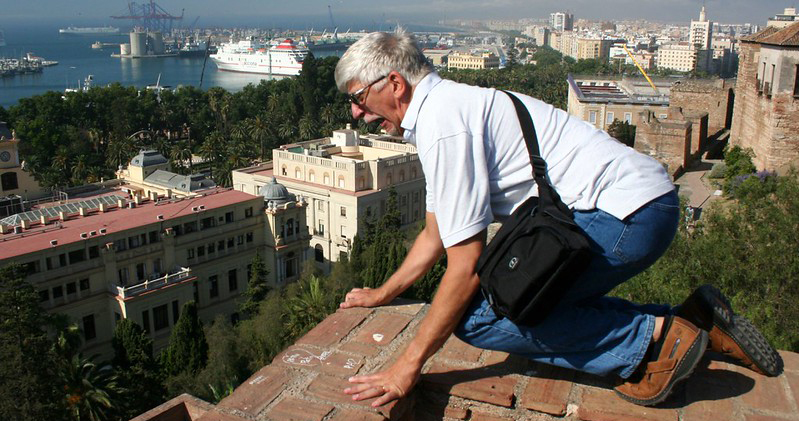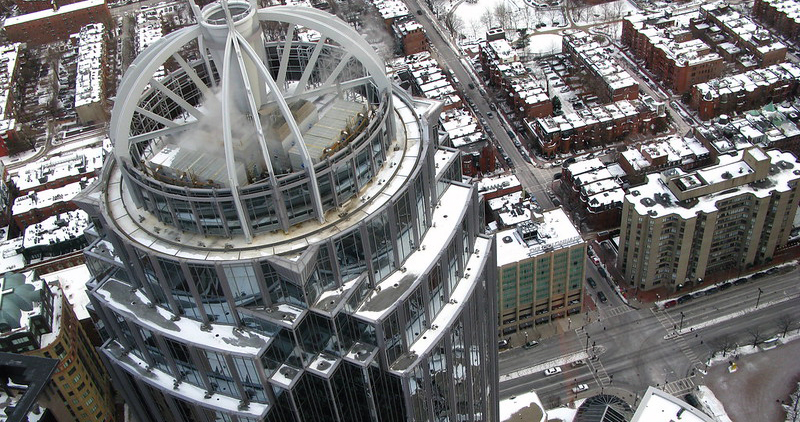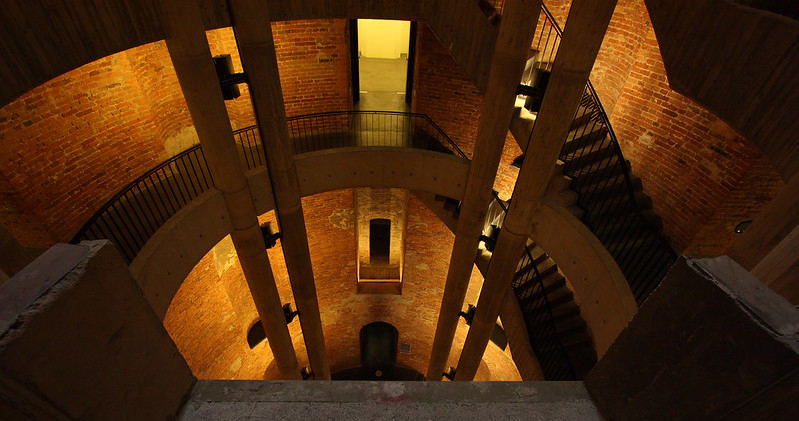| I walk into a glass elevator and stand near the railing. | |
| I am in a glass elevator, placed near the railing, and we go up one floor | |
| After a long journey in the metal elevator that looks like a work of art, we reached the terrace, and to access it I have to pass through a metal bridge and uncovered | |
| I am going up in a glass elevator , and when we’ re on the first floor there’s a breakdown, so there’ s noise and the elevator moves a little bit. 3 minutes go by and the fault remains unsolved. | |
| I walk into a glass elevator and stand away from the railing. | |
| I am in a metal elevator that looks like a work of art, placed near the railing, and we go up one floor | |
| I am in a glass elevator, placed away from the railing, and we go up four floors | |
| I am going up in a glass elevator, and when we’ re on the third floor there’ s a breakdown, so there’ s noise and the elevator moves a little bit. After 30 seconds the fault is solved and the elevator continues. | |
| I am in a glass elevator, placed near the railing, and we go up two floors | |
| I am going up in a metal elevator that looks like a building site, and when we are on the first floor there is a breakdown, so there is noise and the elevator moves a bit. After 30 seconds the fault is solved and the elevator continues. | |
| I a m in a glass elevator, placed away from the railing, and we go up three floors. | |
| After a long journey in the glass elevator, we arrived at the terrace, and to access it I have to pass through a covered walkway. | |
| I am going up in a metal elevator that looks like a work of art, and when we’ re getting to the top of the whole building there’s a breakdown, so I’ m going to go up in a metal elevator that looks like a work of art. | |
| There is noise and the elevator moves a little. 3 minutes go by and the fault remains unsolved. | |
| I am in a glass elevator, placed away from the railing, and we go up one floor | |
| I am going up in a glass elevator, and when we’ re getting to the top of the whole building there’s a breakdown, so there’ s noise and the elevator moves a little bit. 3 minutes go by and the fault is still not solved. | |
| I am in a metal elevator that looks like a work of art, placed away from the railing, and we go up a floor | |
| I am in a glass elevator, placed away from the railing, and we go up five floors | |
| I enter a metal elevator that looks like a work of art and I stand far from the railing. | |
| I am in a glass elevator, placed near the railing, and we go up five floors | |
| I am going up in a metal elevator that looks like a building site, and when we’ re getting to the top of the whole building there’s a breakdown, so there’ s noise and the elevator moves a bit. After 30 seconds the fault is solved and the elevator continues. | |
| I am in a metal elevator that looks like a building site, placed away from the railing, and we go up two floors. | |
| I am in a glass elevator, placed near the railing, and we go up four floors | |
| I am going up in a metal elevator that looks like a building site, and when we’ re on the third floor there’ s a breakdown, so there’ s noise and the elevator moves a bit. After 30 seconds the fault is solved and the elevator continues. | |
| I am in a metal elevator that looks like a building site, placed near the railing, and we go up three floors | |
| I am in a glass elevator, placed near the railing, and we go up three floors | |
| I am in a metal elevator that looks like a construction site, placed away from the railing, and we go up five floors. | |
| I’ m going up in a metal elevator that looks like a building site, and when we are on the first floor there is a breakdown, so there is noise and the elevator Versión de Prueba moves a bit. 3 minutes go by and the fault remains unsolved. | |
| I am in a metal elevator that looks like a construction site, placed away from the railing, and we go up four floors. | |
| I am going up in a glass elevator, and when we’ re on the first floor there’ s a breakdown, so there’ s noise and the elevator moves a little bit. After 30 seconds the fault is solved and the elevator continues. | |
| I enter a metal elevator that looks like a work of art and I stand near the railing | |
| I am in a metal elevator that looks like a construction site, placed near the railing, and we go up four floors. | |
| I am going up in a glass elevator, and when we’ re getting to the top of the whole building there’ s a breakdown, so there’ s noise and the elevator moves a little bit. After 30 seconds the fault is solved and the elevator continues. | |
| I am in a glass elevator, placed away from the railing, and we go up two floors. | |
| I am in a metal elevator that looks like a construction site, placed near the railing, and we go up five floors. | |
| I am in a metal elevator that looks like a construction site, placed away from the railing, and we go up three floors. | |
| I am going up in a glass elevator , and when we’ re on the third floor there ‘ s a breakdown, so there is noise and the elevator moves a little bit. 3 minutes go by and the fault remains unsolved. | |
| I am going up in a metal elevator that looks like a building site, and when we’ re on the third floor there’s a breakdown, so there’ s noise and the elevator moves a bit. 3 minutes go by and the fault remains unsolved. | |
| I am in a metal elevator that looks like a building site, placed near the railing, and we go up two floors. | |
